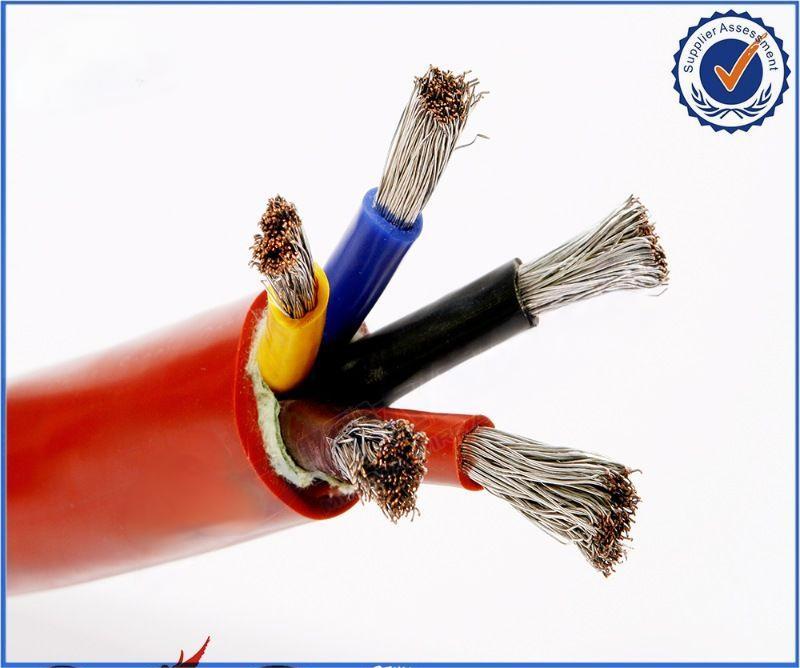9 月 . 28, 2024 17:17 Back to list
flanged butterfly valve
Understanding Flanged Butterfly Valves A Comprehensive Overview
Flanged butterfly valves are essential components in various industrial applications, characterized by their simple design, efficient operation, and reliable performance. These valves are widely used for regulating and isolating the flow of liquids and gases in pipelines across numerous sectors, such as water treatment, chemical processing, and HVAC systems.
The primary structure of a flanged butterfly valve consists of a circular disc, known as the butterfly, which is mounted on a rotating shaft. This disc is positioned within the pipe, and its rotation controls the flow of the medium through the valve. When the disc is parallel to the flow, the valve is fully open; when it is perpendicular, the valve is closed. This straightforward mechanism allows for quick and easy operation, making flanged butterfly valves a popular choice for engineers and plant operators.
One of the key features of flanged butterfly valves is their flanged connection, which allows for easy installation and removal. Flanges are protruding edges that are typically welded or bolted to the end of the valve and the corresponding pipe section. This connection not only provides a secure fit but also ensures a good seal, minimizing the risk of leaks. The flanged design is particularly beneficial in applications where frequent maintenance or valve replacement might be necessary.
flanged butterfly valve

In terms of materials, flanged butterfly valves can be constructed from a variety of substances, including cast iron, stainless steel, and plastic
. The choice of material depends on the specific application, including the type of fluid being handled, temperature, and pressure conditions. For instance, stainless steel is often preferred for corrosive environments, while cast iron may be suitable for less demanding applications.The advantages of flanged butterfly valves are numerous. They offer a compact design, which saves space in piping systems compared to other valve types. Additionally, their lightweight nature makes them easier to handle, which can reduce labor costs during installation. The quick operation of flanged butterfly valves also enhances process efficiency, as they can be opened or closed rapidly without requiring extensive manual effort.
However, it's important to consider the limitations of flanged butterfly valves as well. While they are effective for many applications, they may not provide the tight shutoff required in high-pressure systems, which might necessitate the use of different valve types, such as ball or gate valves. Moreover, the flow control capability can be less precise compared to other valve options in certain scenarios.
In conclusion, flanged butterfly valves are invaluable components in a wide range of industrial processes. Their ease of installation, efficient flow control, and versatility make them an ideal choice for many applications. As technology advances and industries evolve, these valves will continue to play a crucial role in enhancing system performance and ensuring safety in fluid management. Whether you're in water treatment, chemical processing, or HVAC applications, understanding the features, benefits, and limitations of flanged butterfly valves will help you make informed decisions about your valve requirements.
Share
-
Understanding the Differences Between Wafer Type Butterfly Valve and Lugged Butterfly ValveNewsOct.25,2024
-
The Efficiency of Wafer Type Butterfly Valve and Lugged Butterfly ValveNewsOct.25,2024
-
The Ultimate Guide to Industrial Swing Check Valve: Performance, Installation, and MaintenanceNewsOct.25,2024
-
Superior Performance with Industrial Swing Check Valve: The Essential Valve for Any SystemNewsOct.25,2024
-
Industrial Swing Check Valve: The Ideal Solution for Flow ControlNewsOct.25,2024
-
You Need to Know About Industrial Swing Check Valve: Functionality, Scope, and PerformanceNewsOct.25,2024